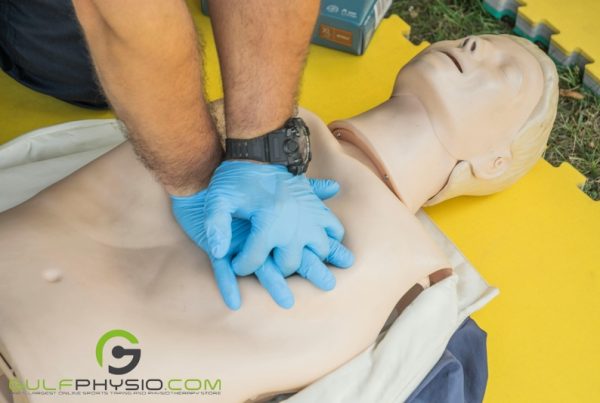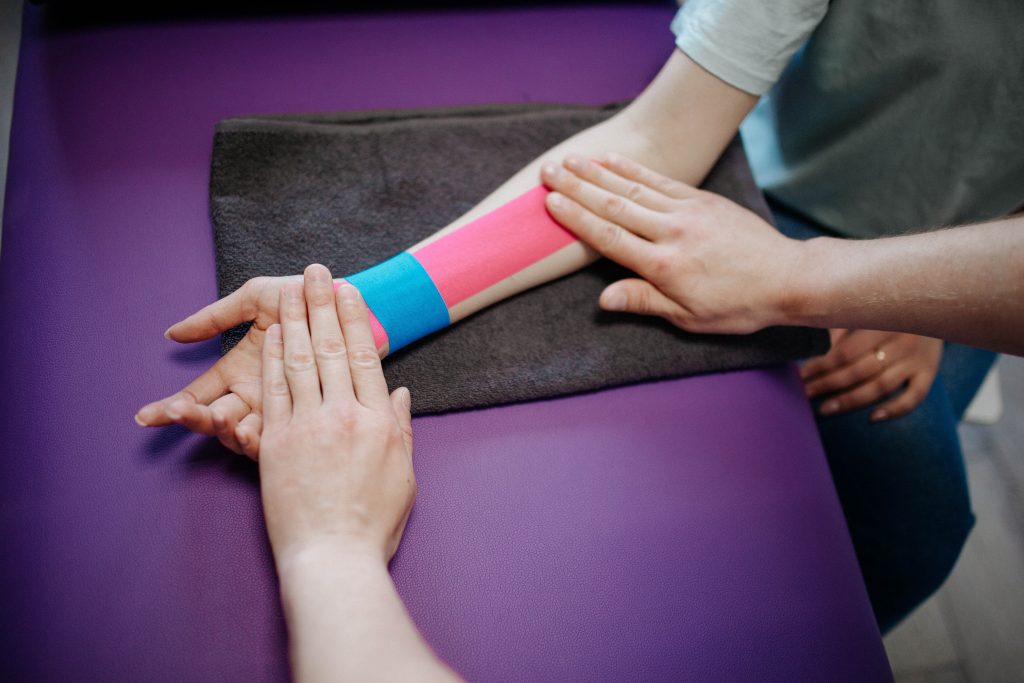
If you’re an avid sports fan or an athlete yourself, you’ve been exposed to the remarkable benefits of athletic tape. Not only is it a vital tool in the healing process of injuries, but the practice is also older than you think. But have you ever wondered about the history of this essential piece of equipment?
Dating back as early as the middle bronze age, we will delve into the beginning of this fascinating evolution of the athletic tape and find some interesting newer tidbits along the way. Let’s dive in, shall we?
The Significance of Athletic Taping
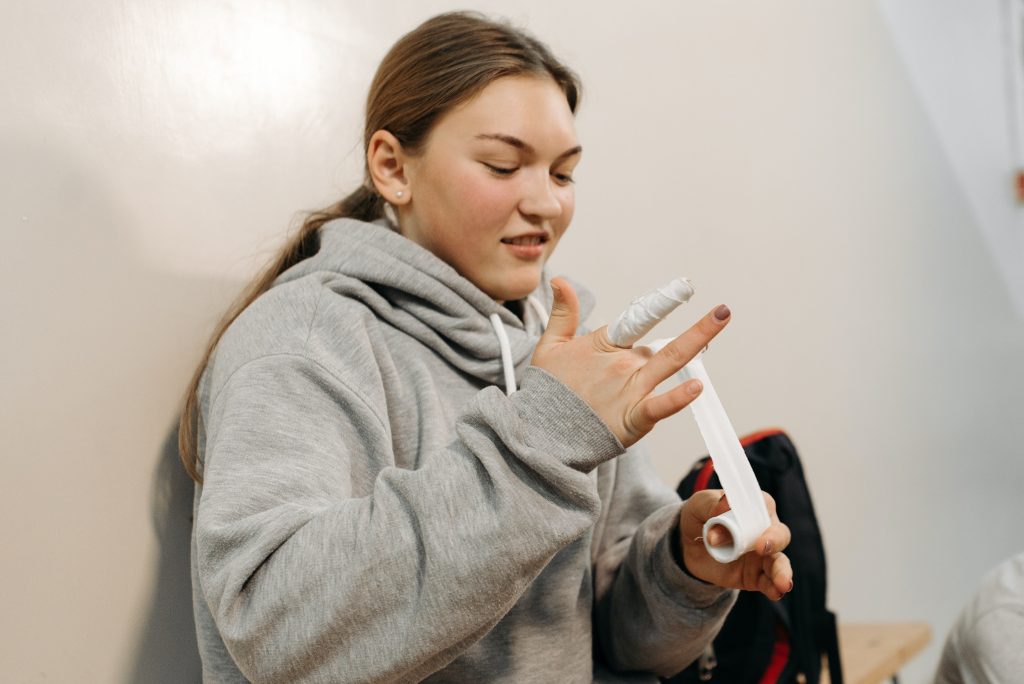
Athletic taping, as you may well know, is prevalent in several sports, such as football, rugby, track and field, and even boxing and rock climbing. Most of the time, you would assume its main goal is to help athletes protect against their injuries. Though, that’s not always the case.
Athletic taping does help with a person’s injuries on and out of the field, but it’s also amazing as a support. See, with some forms of activities, there will always be a chance of injury. It means you might as well tape up and align your limbs properly before you inevitably get a sprain, like a proper uniform.
Moreover, the use of athletic taping can improve the functional performance of athletes. The proper placement of athletic taping aligns and stabilizes certain areas of the body while experiencing strenuous pressure. It also promotes proper blood flow to certain areas of the body.
The History of Athletic Taping
Before the advent of athletic taping, doctors and athletes used a variety of methods to prevent and treat injuries, including wrapping themselves in cloth, leather, or other materials.
However, these methods were not always effective. Doctors back then saw that athletes continued to experience injuries while their regular patients.
The Discovery of Zinc Oxide
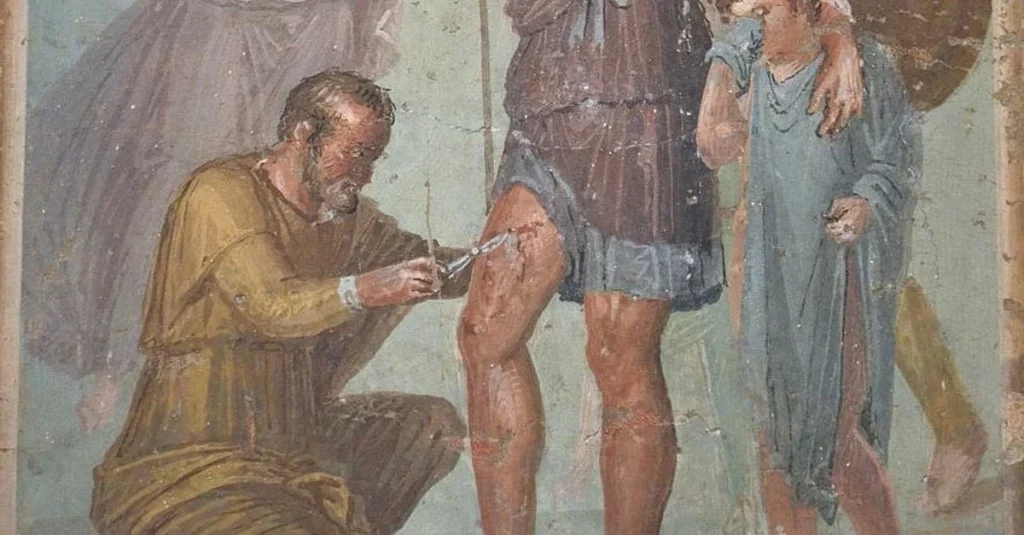
At around 2,000 BC, the Greeks and the Romans were the first to use zinc oxide. Then, as early as 500 BC, it was discovered in an Indian medical text, the Charaka Samhita, that pushpanjan (zinc oxide) was used as a salve for wounds. Later on, the compound was further synthesized in China in the 1600s, and in Europe by 1850.
Supposedly, zinc oxide was for the treatment of skin wounds for over 3,000 years. Even though the numerous beneficial properties of zinc oxide were known this early, it’ll take a couple more years until it comes back into the fold.
The Doctor’s Development
It all started with three doctors: Dr. Horace Day, Dr. Edward Cotterell, and Dr. Virgil Gibney.
Dr. Horace Day
Dr. Horace Day built his version of surgical tape, using components like:
- Strips of fabric
- Pine gum
- India rubber
- Turpentine extract from cayenne pepper
- Turpentine Litharge (yellow lead oxide)
His invention was the first ever “rubber-based” type of adhesive. He used it as a surgical plaster in his practice.
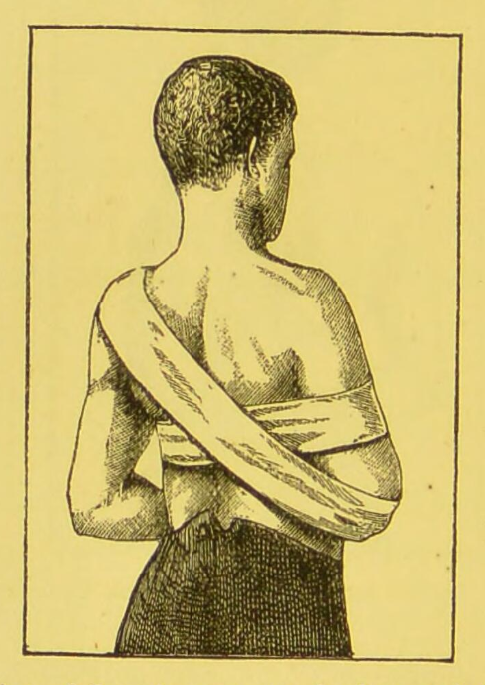
Dr. Edward Cotterell
Then, a brochure entitled, “On Some Common Injuries to Limbs; Their Treatment and After-Treatment, Including Bone-Setting (So-Called)”. Written by Dr. Edward Cotterell, the house surgeon of the University College Hospital, and first published in 1885.
The method employed by Cotterell recommended users strap injured ankles with rubber adhesive plaster. Back then, these were pieces of cloth with adhesive on one side. Nowadays, we call this nifty invention tape.
Cotterell used his adhesive strapping plaster for many conditions, including “sprain of the ankle joint”, “lawn tennis leg”, and “rupture of the plantaris tendon”.
Dr. Virgil Gibney
The method’s significance was further explored 3 years later, in 1888 by Dr. Virgil Gibney. Gibney, a prominent orthopedic surgeon at the time, experimented with the use of the rubber adhesive plaster on his patients.
He saw significant and immediate results following this new procedure. He showed his findings in his article, “The Modern Treatment of Sprained Ankle”. In 1893.
In one such instance, he helped a bride-to-be ready to walk down the aisle in a manner of just a few days. It was revolutionary at the time since people during that period would suffer through a simple sprain for months at a time.
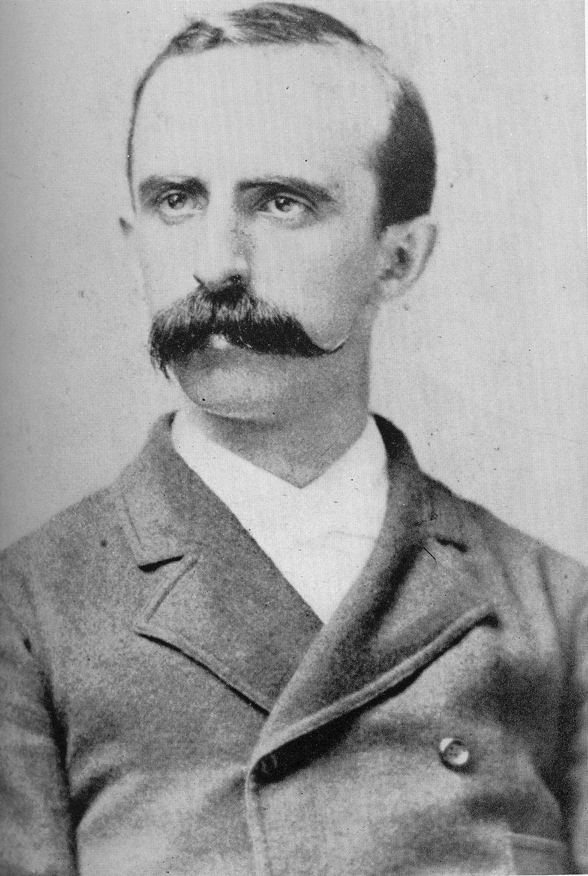
The Resurgence of Zinc Oxide
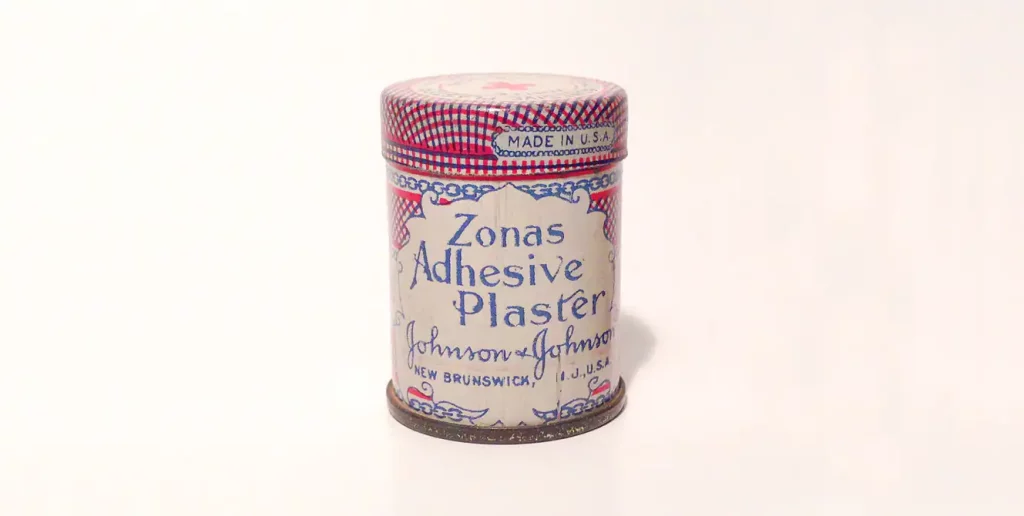
Rubber adhesive plaster has been more prominent in the medical industry for scrapes and sprains, but it’s rather bothersome on the skin. It opened the door for developers to figure out a better alternative.
Johnson and Johnson made several health products, but the revolutionary adhesive plaster they introduced in 1899 was the standout. They used zinc oxide in the adhesives. The new “Zonas” or “ZO” was the birth of the modern athletic tape.
Nowadays, we have the standard zinc oxide tape for patients and athletes alike. It’s utilized by healthcare workers to protect vulnerable joints from any injury.
The Gibney Basketweave Taping Technique
The Gibney Basketweave technique involves applying strips of adhesive tape in a basketweave pattern around the injured area. It provides support and limits the movement of the joint.
Using a crisscross pattern, which provides extra strength and support, allows for a good balance between flexibility and stability that helps prevent further damage. The success of Gibney’s technique led to the development of the following related techniques:
Open Basketweave Technique
It is the first modification of the Gibney Basketweave, in which the athletic tape strips are placed farther apart, allowing for a better range of motion while still providing support. This technique is often used for less severe injuries, where the athlete needs more mobility.
Closed Basketweave Technique
On the other hand, this technique is used for more severe injuries that require maximum stability. In this technique, the athletic tape strips are placed closer together, creating a tighter weave that limits movement and provides greater support.
The Evolution of Athletic Taping
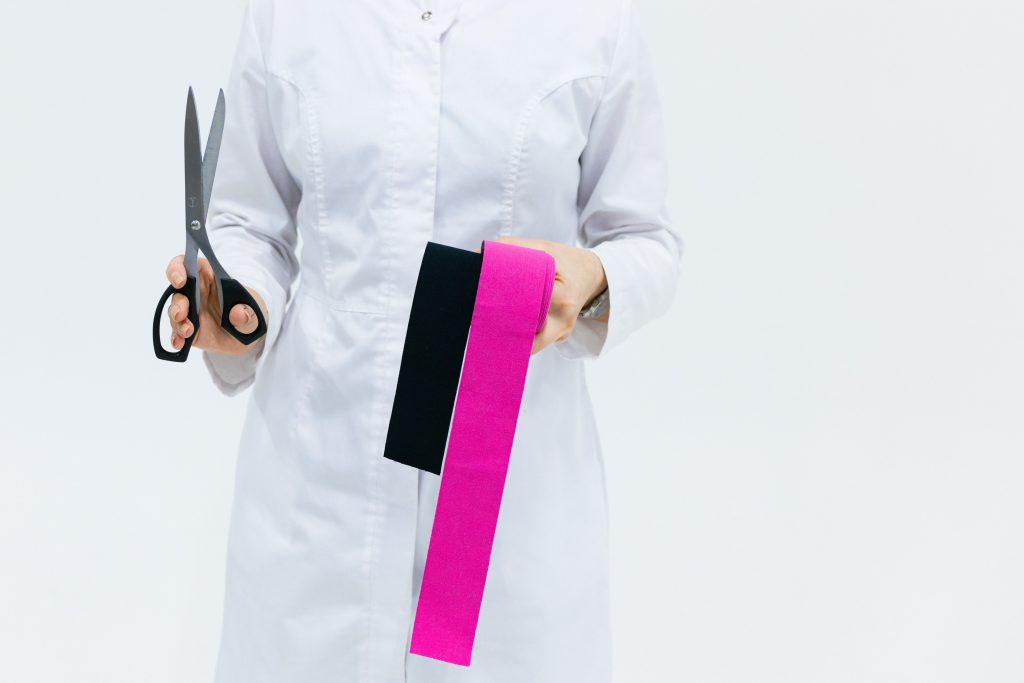
Over the years, athletic taping techniques have evolved to address the unique needs of athletes.
- Two prominent American Ivy League colleges, Princeton and Yale, are featured wearing athletic tape during the first-ever filmed football game from 1903.
- One such development was the introduction of pre-wrap in the 1970s. It’s used to prevent skin irritation and improve adhesion.
- In the 1990s, kinesiology tape became popular due to its ability to provide support while allowing for a greater range of motion. The kt tape is applied in a specific pattern that helps to activate muscles and improve circulation.
- A scientist, Jan Schuren, then invented a new 2-layer cohesive bandage, the 3M Coban Compression System. He used the dynamics of compression therapy and Pascal’s law in his study in 2010.
- There have since then been offshoots of athletic tape, such as rigid tape and tear-light bandages.
- Athletic tapes are used for training, recovery, and other athletic needs.
Athletic Tape Market
One of the most famous athletic tape distributors is Hampton Adams. Based in the US, it is the leading athletic tape supplier.
According to Coherent Market Insights, the athletic tape market is estimated to be valued at US$747.1 million in 2025 and is projected to reach US$1.357 billion by 2032. It is also expected to grow at a compound annual growth rate of 8.9% from 2025 to 2032.
Sports, fitness activities and increased participation in physical activities globally will help maximize and fuel the demand for athletic tape. Prevention and treatment injuries will also drive the adoption of athletic tape.
The trend of do-it-yourself videos and easier access to sports equipment including athletic tape are also helping to fuel the athletic tape market. Consumers can now take care of minor injuries at home or during casual activities.
Further, social media share fitness routines and lifestyles can also help increase access to sports tapes for support and care.
In Conclusion
The invention of athletic taping has been essential to the healing and performance of patients and athletes, respectively. It has come a long way since its inception in the late 19th century and 20th century BC. From the first uses of zinc oxide to the development of zinc oxide tape, you can see the innovation of each stage of the process.
Dr. Horace Day made his surgical plaster out of fabric and turpentine litharge. Dr. Edward Cotterell made a brochure about his methods for treating limbs. Dr. Virgil Gibney then used Cotterell’s methods and showed his findings in his article. He paved the way for the development of the Gibney basketweave technique and its variations.
Overall, athletic taping has become an indispensable tool in the world of sports, allowing athletes to perform at their best while minimizing the risk of injury. The development and evolution of taping techniques, coupled with an understanding of proprioception, have made athletic taping a vital aspect of sports performance and injury prevention.


